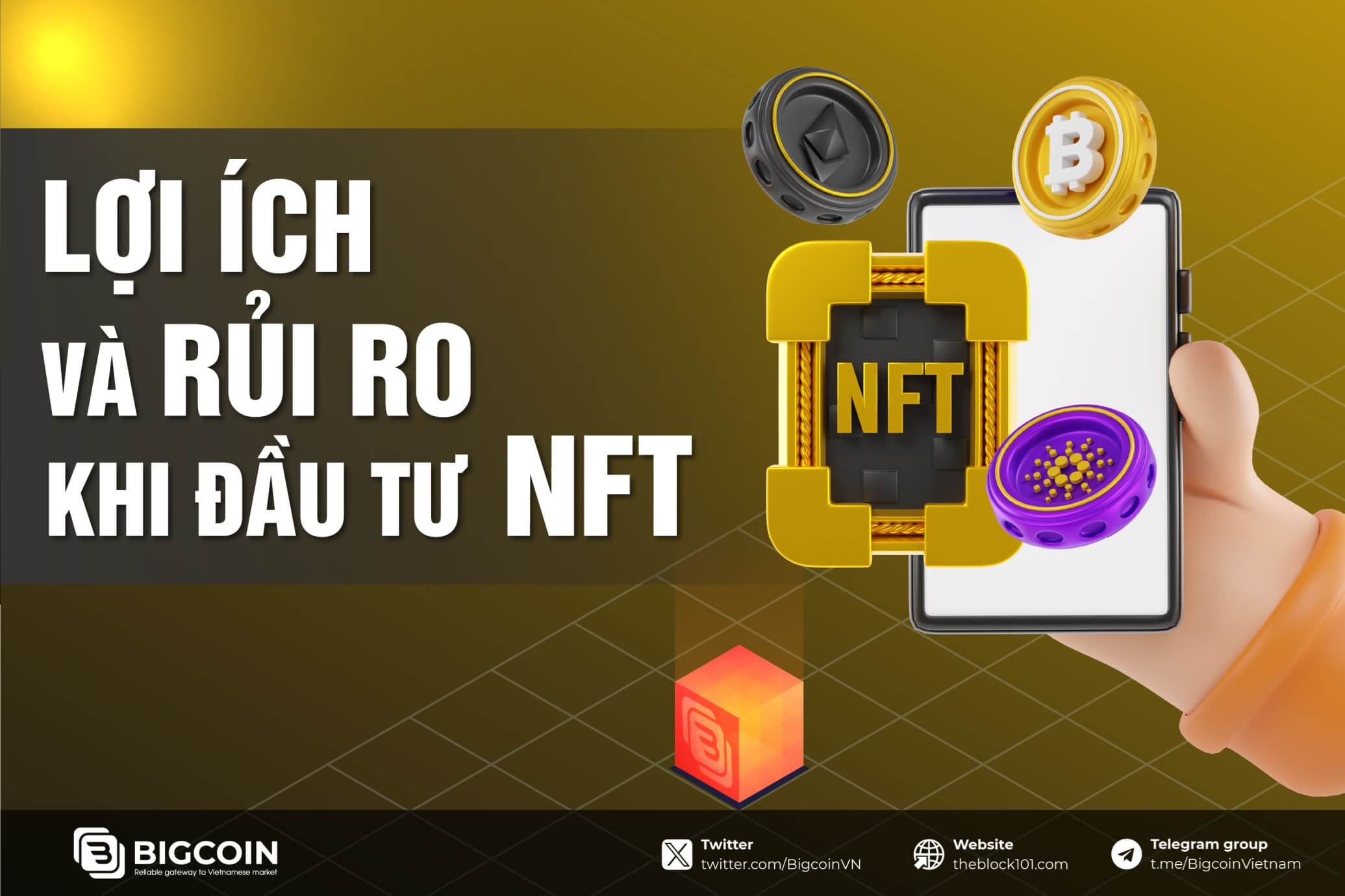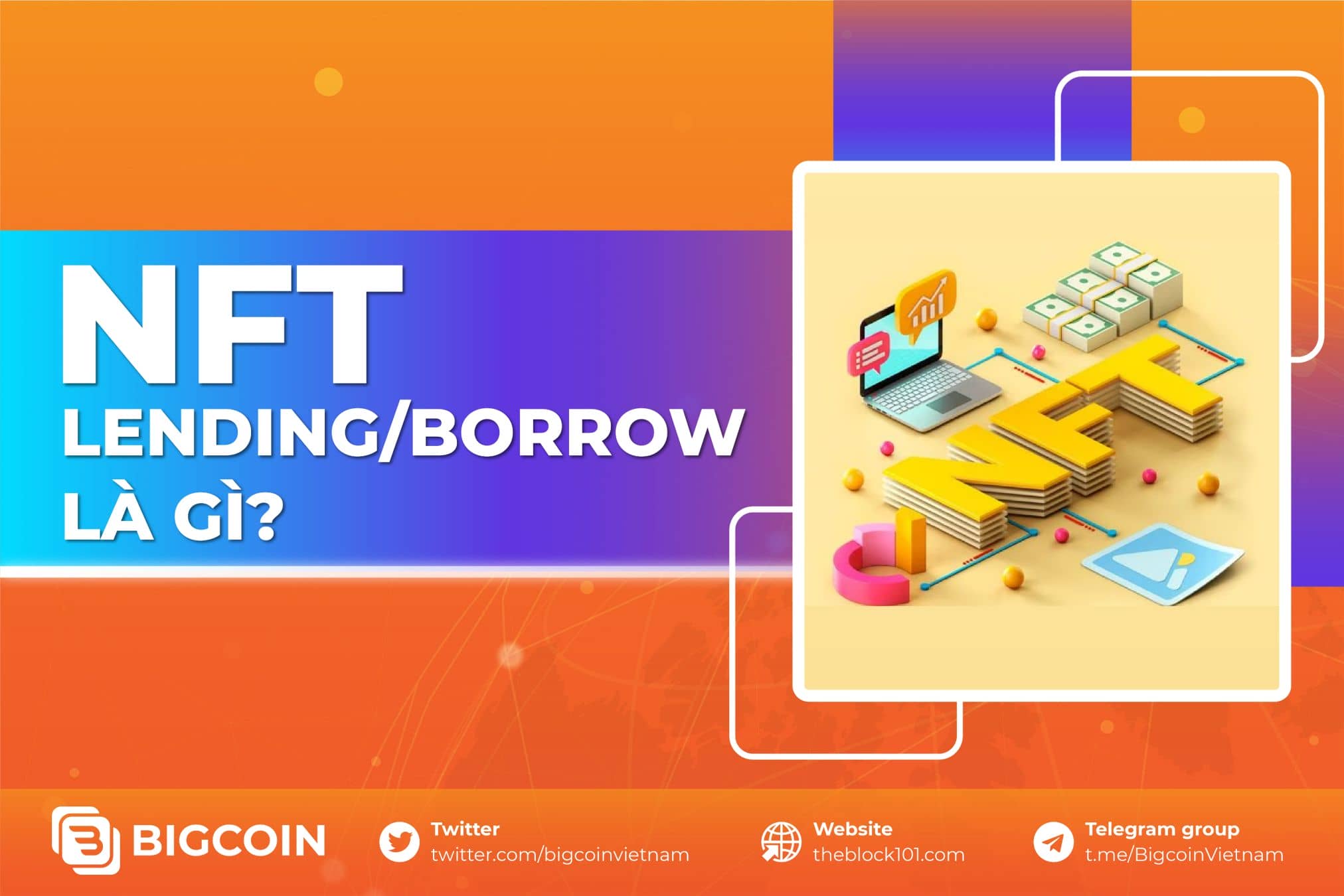1. What is an NFT Marketplace?
An NFT marketplace is a platform where individuals can trade, buy, or create NFTs. Simply put, an NFT marketplace functions similarly to current cryptocurrency exchanges.
2. Top 3 Largest NFT Marketplaces Currently
The three dominant names in the NFT marketplace arena, holding the majority of the market share, are: OpenSea, Blur, and X2Y2 (according to Dune.com).

2.1. Opensea
OpenSea is a platform for trading non-fungible tokens (NFTs). Launched in January 2018, OpenSea allows the community to create accounts to buy, sell, and exchange digital assets in the form of NFTs, operating these activities through smart contracts in blockchain technology.
On OpenSea, users can freely create their own NFTs or engage in trading collections, in-game items, or even artworks by various renowned artists worldwide. Designed to align with current market trends, this platform has generated significant liquidity for NFTs in both the crypto and non-crypto markets.

Once a major player, dominating a significant portion of the NFT marketplace, however, after facing numerous internal controversies, OpenSea experienced a notable decline in market share along with the emergence of several competitors within the industry.
2.2. Blur
Ranked second in market share among NFT Marketplaces is Blur. Blur is a new NFT trading platform positioned for professional NFT traders with large trading volumes. Blur's development team consists of NFT traders themselves who couldn't find a trading platform to meet their NFT trading needs, hence they created Blur with higher speed and optimization for traders.
Launched in October 2022, Blur swiftly became the largest NFT marketplace by volume, surpassing OpenSea. As of now, Blur handles 56% of the trading volume, with OpenSea trailing behind at 25%. Despite being second, Blur manages to address many issues, notably transaction costs. Unlike many other NFT marketplaces that charge transaction fees, Blur maintains a 0% fee for selling NFTs. In comparison, OpenSea charges a 2.5% fee, and other markets range from 0 to 2.5%.

Despite a decrease in trading volume, OpenSea still maintains a significant portion of NFT sales (52%) and the highest number of daily unique users (68%). However, it's evident that Blur's optimized interface has made it the preferred choice for professional traders.

According to statistics from Dune.com, trading volume on Blur has been steadily increasing throughout the months of the last quarter of 2022. In early 2023, Blur is posing a threat to overtaking the top spot in NFT trading volume from OpenSea.
2.3. X2Y2
The third prominent name in the NFT marketplace is X2Y2. X2Y2 is a decentralized NFT marketplace that enables buying and selling NFTs between creators and the community. At first glance, X2Y2 and OpenSea may appear similar; however, X2Y2 has addressed the costly issues of OpenSea as well as the wash trading limitations of LooksRare. By clearly recognizing the issues faced by its predecessors, X2Y2, despite being launched later, is gradually gaining acceptance among users.

Although the platform was only launched in February 2022, according to data from DappRadar, X2Y2 has generated NFT sales worth $144.16 million from just 11,534 traders in the past week, compared to $117.64 million generated from 155,734 traders on OpenSea. This indicates that NFT sales volume on the Ethereum-based market has surpassed the leading platform, OpenSea.
3. Conclusion
Playing a similar role to DeFi's DEX, NFT marketplaces serve as hubs for NFT circulation and are a core component. Currently, the gap between NFT marketplaces is narrowing among the contenders. Let's wait and see how the battle among NFT marketplaces unfolds in the coming time.
Read more:

 English
English Tiếng Việt
Tiếng Việt


.jpg)
.jpg)



.jpg)








